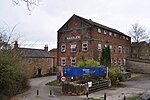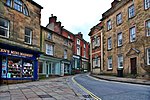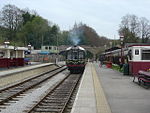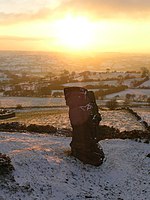Alderwasley Hall Sixth Form Centre
East Midlands school stubsEducation in Derbyshire

Alderwasley Hall Sixth Form is an independent special needs Sixth Form Centre located one mile south of Wirksworth in Derbyshire it is part of Alderwasley Hall School, previously a country club named Callow Park after the nearby village of Callow which is about a mile, the site was re-branded to its current name in 2012. The Ecclesbourne Valley Railway runs next to the site.
Excerpt from the Wikipedia article Alderwasley Hall Sixth Form Centre (License: CC BY-SA 3.0, Authors, Images).Alderwasley Hall Sixth Form Centre
Lightless Lane, Amber Valley
Geographical coordinates (GPS) Address Nearby Places Show on map
Geographical coordinates (GPS)
| Latitude | Longitude |
|---|---|
| N 53.06 ° | E -1.57 ° |
Address
Lightless Lane
Lightless Lane
DE4 4AJ Amber Valley
England, United Kingdom
Open on Google Maps








